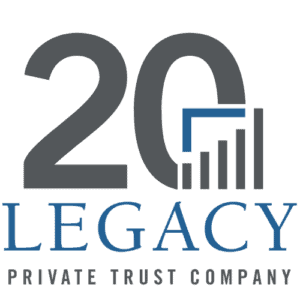The Tax Cuts and Jobs Act of 2017 brought significant changes to the tax landscape, sparking concerns about its impact on charitable giving. Key changes included nearly doubling the standard deduction, which reduced the number of taxpayers itemizing deductions and, consequently, the tax incentives for charitable contributions. A slight reduction in the top marginal tax rate also diminished the tax benefits for the wealthiest donors.
Despite initial concerns, charitable giving demonstrated resilience in the face of the 2017 tax reforms, as reported by Giving USA. This resilience suggests that the influence of tax incentives on charitable contributions might have been overestimated. However, with the personal income tax provisions from 2017 set to expire at the end of 2025, there are renewed concerns about the potential adverse effects on philanthropy.
Jack Salmon, Director of Policy Research at Philanthropy Roundtable, highlighted in The Chronicle of Philanthropy that 23 tax provisions expiring in 2025 have significantly supported charitable giving trends. He cited studies indicating that a one-point increase in marginal tax rates could result in a 0.8% decline in gross domestic product, potentially reducing philanthropic activities. This underscores the urgent need for a robust economy, which is crucial for charitable generosity, boosting economic activity and disposable income.
The Impact of Tax Changes on Philanthropy
Several proposed tax changes could potentially have a negative impact on philanthropy. These include:
- Wealth Taxes: Proposals like Bernie Sanders’ wealth tax plan would treat private foundation assets as personal wealth, potentially undermining the role of private foundations in philanthropy. Private foundations play a significant role in philanthropy, often providing substantial funding to charitable causes. If their assets were treated as personal wealth, it could reduce the amount of money available for charitable giving.
- Donor-Advised Funds (DAFs): Critics argue that DAFs allow for immediate tax deductions without timely disbursement to charities. However, DAFs offer benefits such as simplifying administration, pooling donor resources, and protecting donor privacy. Restricting DAFs could hinder innovative grantmaking and reduce charitable funding.
- Charitable Deduction Cap: Some propose a $500 million lifetime cap on charitable deductions to increase tax revenue from billionaires. In 2023, the top 50 philanthropic billionaires donated nearly $12 billion to charity. While tax deductions are not the sole motivator, limiting these deductions could decrease overall contributions.
As policymakers contemplate changes to the tax code, it is crucial to consider the potential unintended consequences of charitable giving. For instance, a well-intentioned reform to increase tax revenue from billionaires could inadvertently discourage large-scale philanthropy. The tax code’s complexity means that even well-intentioned reforms can have far-reaching impacts on philanthropy. At Legacy Private Trust Company, we are committed to helping our clients navigate these changes and continue supporting the causes they care about most.
If you are a Legacy client and have questions, please do not hesitate to contact your Legacy advisor. If you are not a Legacy client and are interested in learning more about our approach to personalized wealth management, please contact us at 920.967.5020 or connect@lptrust.com.
This newsletter is provided for informational purposes only.
It is not intended as legal, accounting, or financial planning advice.




